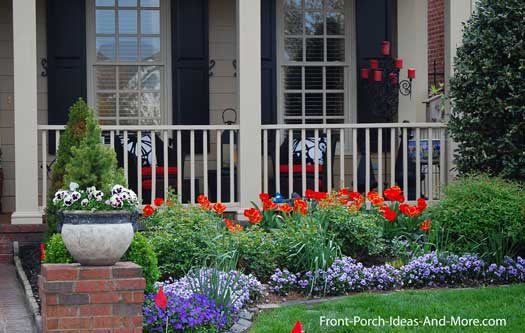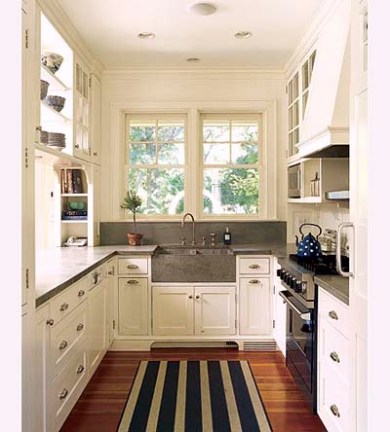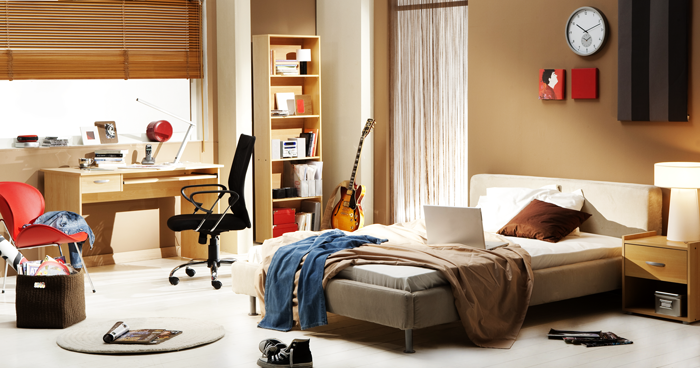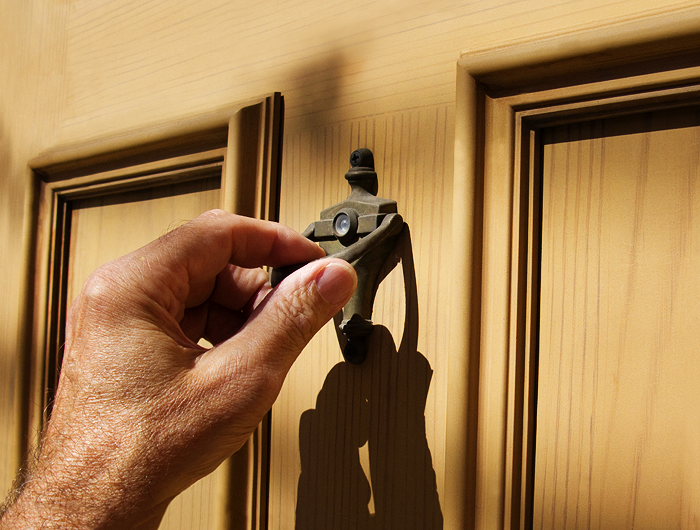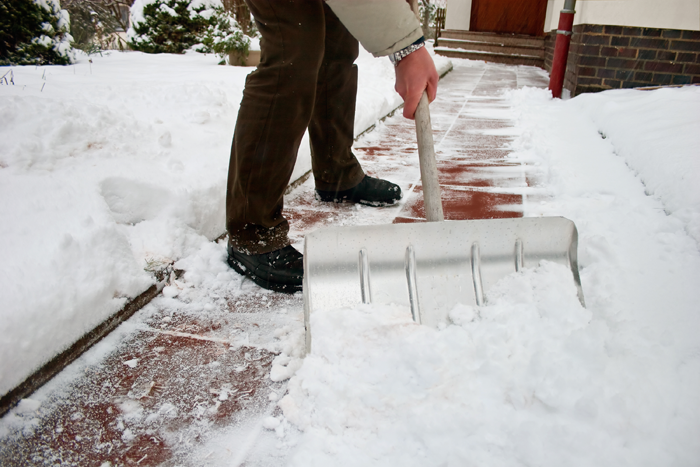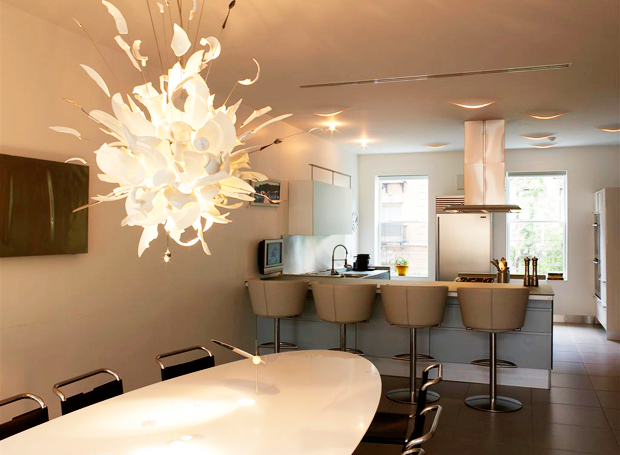With the newness of 2014 slowly ebbing away, now is a great time to redesign your home to keep things feeling fresh. This is especially true if you’re planning on selling your home later this year. Making a few changes here and there can make your home appear newer and more trendy, which can attract buyers.
Here are 12 tips from interior design experts on what’s hot this year.
Color and Tones
Trend #1: Radiant Orchid
Pantone’s official color of 2014 is making a splash with interior designers everywhere, and despite it’s fun and flirty name, it is surprisingly versatile. You can go all out, or just use a little bit, and still be on-trend.
Trend #2: Blue and Green Accents
If Radiant Orchid isn’t your thing, blues and greens are also hot in 2014. If painting your walls is a bit too bold for you, changing your pillow covers or curtains might be a more subtle way to work these colors into your decor.
Trend #3: Yellow, Khaki, or Red
Those who aren’t fans of bright, bright colors can rest easy. Other, more laid back, colors are still in style, such as khaki and red, both of which pair well with certain blues, in case you still want to try them out. Yellow is surprisingly huge this year.
Trend #4: Deco hues
Also in contrast to the bright color trend, a lot of decorators are still leaning towards more muted colors, such as rose quartz, amethyst, and raisin. Or, as Los Angeles designer Michael Berman describes, “Colors that appear to be filtered through smoke and sunlight.”
Patterns and Shapes
Trend #4: Circles
Circles are making a strong comeback this year. According to decoist.com “Anything that can be round, will be round.” You can work circles into your home in a variety of ways: mirrors, rugs, wall art, dishes, accessories, and more.
Trend #5: Fragmented
Symmetry is becoming a thing of the past. In 2014, it’s all about fractures and fragments, pieces that looked sliced, diced, or blown to bits.
Trend #6: Geometric and Floral Patterns
These patterns haven’t gone out of style since last year although in 2014, there is an emphasis on taking it easy with these types of prints. Experts recommend introducing these patterns with soft furnishings like throws, rugs, and pillows.
Materials and Fabrics
Trend #7: Wood
2014 is the year of the Wooden Horse, which means that natural elements are trendy right now, including wood materials and textures. This can come in many forms, such as bamboo, sculptured driftwoods and untreated wood. These textures bring a sense of warmth and harmony to any room.
Trend #8: Macramé and Fiber-Art Wall Hangings
This textile-knotting trend is a blast from the past. Last popular in the 70’s, it is making a strong comeback in 2014 in the form of wall hangings. It’s a great way to add texture to a room without spending a ton of money on expensive art.
Trend #9: Window Sheers
The dark ages are over – it’s time to let in some light with sheer window panels. Replace your heavy drapers with something a little more transparent. And remember that sheer doesn’t have to mean polyester. Look for richer materials, like linen and wool. Add pleats to make them a bit more masculine.
Styles and Periods
Trend #10: Scandinavian
This look is still popular for 2014, because it mixes a lot of the other trends we’ve discussed: natural materials, bright colors, and bold statements. The trick to pulling off a look like this is to avoid clutter and not over-do.
Trend #11: Venetian
Another interesting period trend for 2014, is the romantic, venetian look of marbled-paper. You can see this in wallpaper, linens, and porcelain.
Trend #12: Neoclassical, With a Modern Twist
This trend is inspired by Greek and Roman themes, with a modern update that will appeal to those with more classic tastes. Achieve this look with busts and sculptures, murals with a traditional touch, and symmetrical arrangement.
What interior design trends are you most excited about?
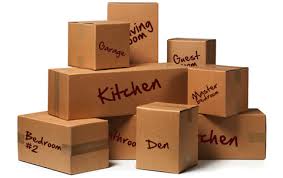 Moving can be a very stressful time with finding your next home to packing up your belongings and then moving day. It can definitely be overwhelming but the tips below may help the process going a little smoother. Find out how to get organized, what supplies you need & how to pack certain items.
Moving can be a very stressful time with finding your next home to packing up your belongings and then moving day. It can definitely be overwhelming but the tips below may help the process going a little smoother. Find out how to get organized, what supplies you need & how to pack certain items.
